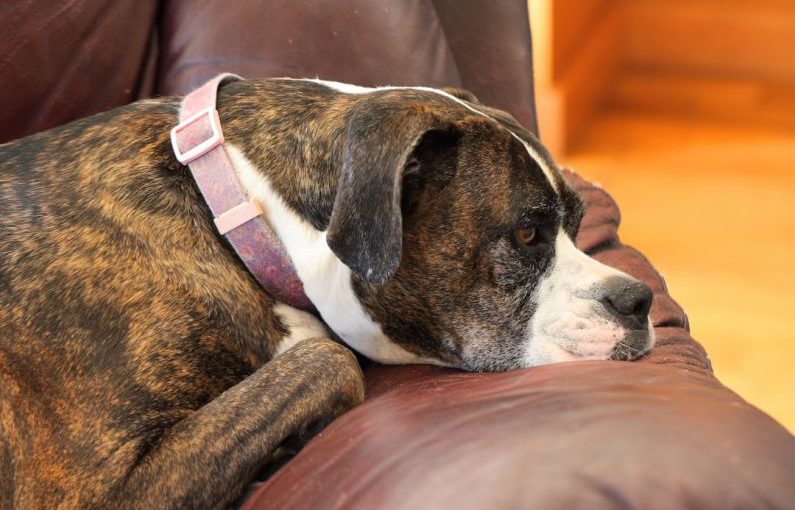Separation anxiety in pets is a common issue that many pet owners face. It can be distressing for both the pet and the owner, leading to destructive behaviors and stress. Understanding the causes of separation anxiety and learning how to manage it is crucial for the well-being of your furry friend. Here are some tips on dealing with separation anxiety in pets.
**Understanding Separation Anxiety**
Separation anxiety is a behavioral problem in pets that occurs when they become excessively attached to their owners. This attachment leads to distress when the pet is left alone. Separation anxiety can manifest in various ways, including excessive barking, whining, destructive behavior, and even self-harm. It is essential to recognize the signs of separation anxiety early on to address the issue effectively.
**Creating a Safe Space**
One way to help alleviate separation anxiety in pets is to create a safe and comfortable space for them when you are away. This could be a designated area in your home where your pet feels secure, such as a cozy corner with their bed and favorite toys. Providing familiar scents, such as a piece of your clothing, can also help comfort your pet in your absence.
**Establishing a Routine**
Pets thrive on routine, so establishing a consistent schedule can help reduce separation anxiety. Stick to regular feeding times, walks, and play sessions to provide structure and predictability for your pet. By creating a routine, your pet will learn when to expect your return and feel more secure when you are away.
**Gradual Desensitization**
If your pet experiences severe separation anxiety, gradual desensitization can be an effective technique to help them become more comfortable with being alone. Start by leaving your pet alone for short periods and gradually increase the time as they become more accustomed to being by themselves. This process can help your pet build confidence and reduce their anxiety over time.
**Interactive Toys and Treats**
Keeping your pet occupied while you are away can help distract them from their anxiety. Interactive toys, puzzle feeders, and treat-dispensing devices are excellent tools to keep your pet engaged and mentally stimulated in your absence. These toys can provide a source of entertainment and help alleviate boredom and anxiety.
**Seeking Professional Help**
If your pet’s separation anxiety persists despite your efforts, seeking professional help from a veterinarian or a certified animal behaviorist may be necessary. These experts can assess your pet’s behavior and provide tailored recommendations to address their anxiety effectively. Medication or behavior modification techniques may be recommended to help manage your pet’s separation anxiety.
**Wrapping Up**
Dealing with separation anxiety in pets can be challenging, but with patience, consistency, and the right approach, you can help your furry friend feel more at ease when you are away. By understanding the causes of separation anxiety, creating a safe space, establishing a routine, and using interactive toys, you can support your pet’s well-being and strengthen your bond. Remember, every pet is unique, so finding the right approach that works for your furry companion may require some trial and error. With time and dedication, you can help your pet overcome their separation anxiety and lead a happier, more relaxed life.





